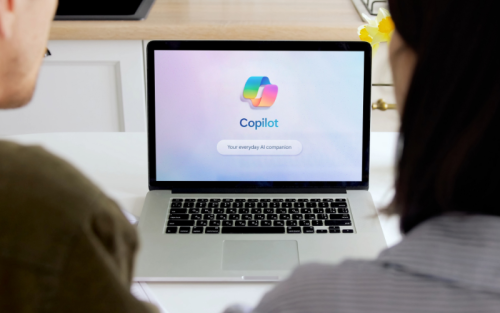The digital shift in HR processes
Saving time, efficiency, data analysis... The benefits of digitisation are numerous. However, Belgian organisations are lagging behind when it comes to the digitisation of HR processes. What digital shifts are we already seeing today? What are the future plans of organisations? Acerta asked some 300 Belgian SMEs. Here we provide an overview of the most striking results.
Digitising payroll is a given
It comes as no surprise that payroll is the most digitised HR process: 80% of SMEs process payroll digitally. On the one hand, this is because social secretariats such as Acerta offer digital support. On the other hand, a general digitisation trend is also underway among companies.
Besides payroll, the more administrative HR data and processes have also been digitised to a reasonable extent. Consider for instance managing changes in personal data, attendances and absences and staff and work schedules. Although there are already differences there between small and slightly larger SMEs. In general, small(er) SMEs are less advanced in terms of digitisation: among these, the digitisation rate of the four most digitised HR processes is 56%, while for larger SMEs it is 82%.
Digitisation grows with size of organisation
An earlier qualitative study already revealed that the pain points around HR administration grow with the growth of an organisation. Having more employees also means more structure – and administration – is needed.
Organisations go through certain steps in a digitisation process. For example, a small start-up company starts from Excel, but when the organisation starts to grow, Excel no longer covers the needs. That is when organisations start looking for digital support. And that digital support is now accessible, easy to use and affordable for SMEs. For less than € 3 per employee per month, you’re off the hook. That cost falls into insignificance when compared to the efficiency gains you can make with it.
Say goodbye to unnecessary intermediate steps
A lot of HR processes often include unnecessary intermediate steps. When you start digitising, it can all be done more efficiently. For example, you can put your employees themselves at the wheel (employee self-service or ESS). ESS is best deployed for the HR processes requiring the most administration and where you as HR department or business manager can realise little added value. These might include requesting leave or expenses: your employee then submits a request himself via a tool, then the boss or supervisor can approve or deny the request at the push of a button. Moreover, this is registered automatically – without manual intervention by the HR department or boss – in the payroll tool. A solution savoured by organisations: the number of companies using ESS at Acerta has increased by 84% percent since 2020.
'Soft HR' can also be digitised
Training, evaluations, welfare ... These softer HR processes can also be digitised, but to a lesser extent in day-to-day practice. About 20-25% of Belgian SMEs have already taken steps in digitising them. However, there is also a huge opportunity in the digitisation of these processes: digitisation allows you to gain new insights, allowing you to strategically shape your HR policy. Find out how Connect HR Office helps you do just that.
Digitising is easier than you think
Would you like more time to focus on your business? Get started digitising HR data and HR processes! We get you on your way.

Written by
Product Manager, Acerta

